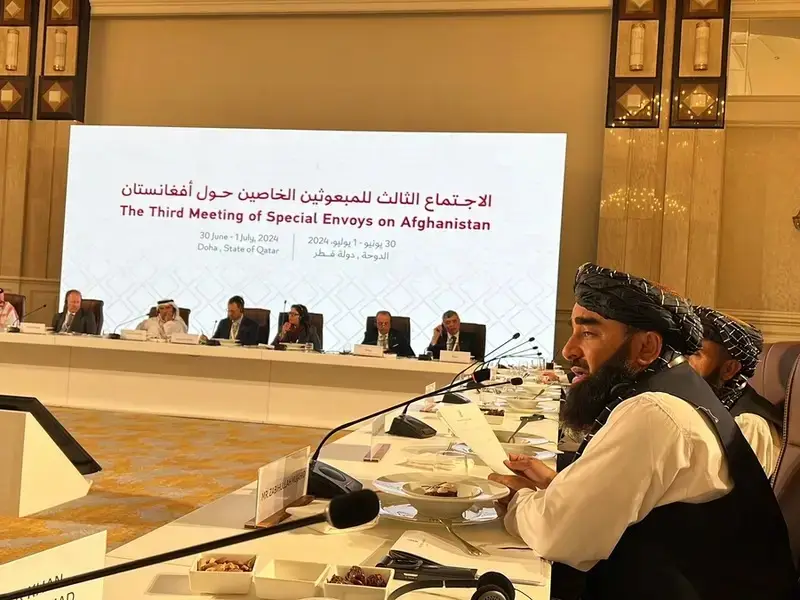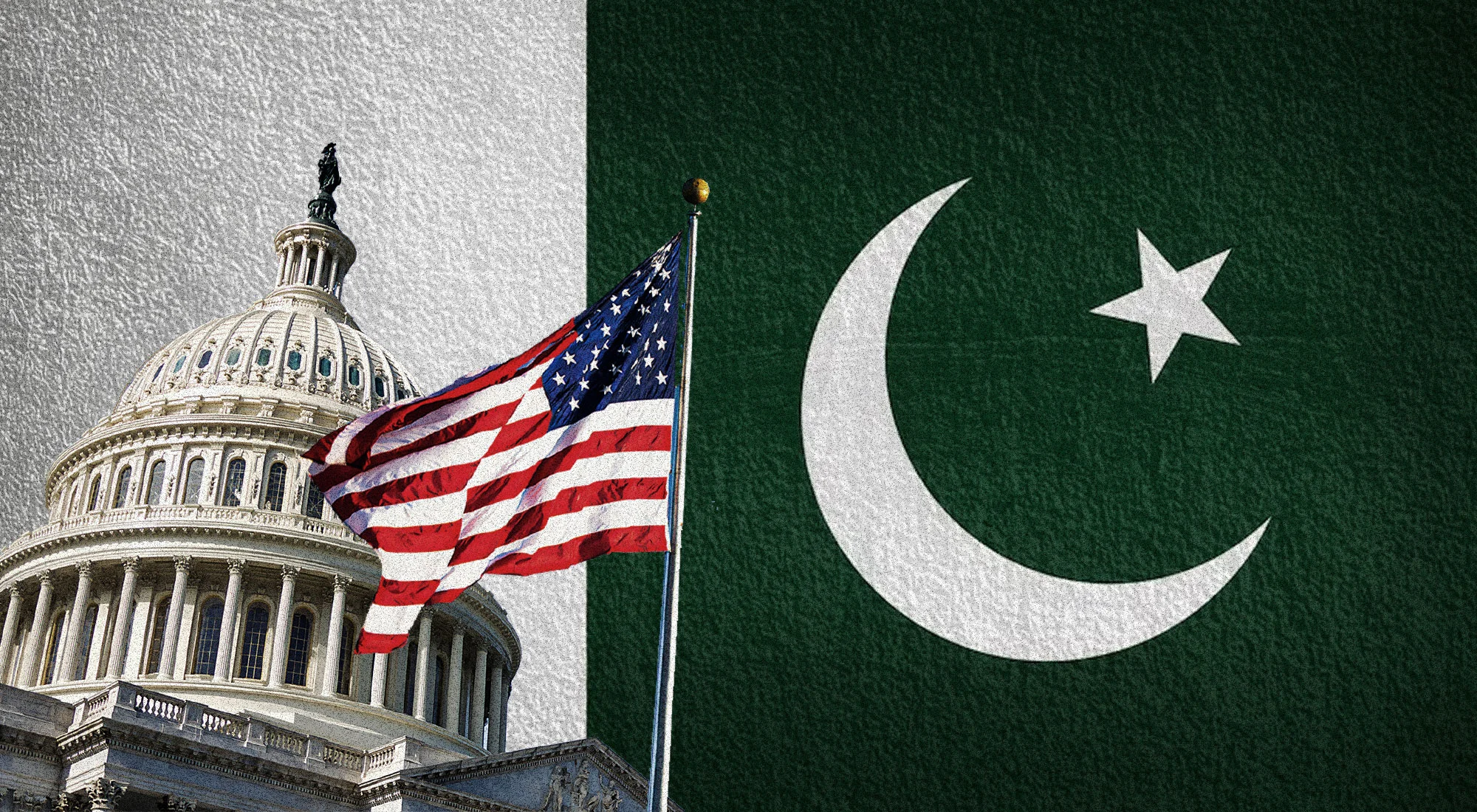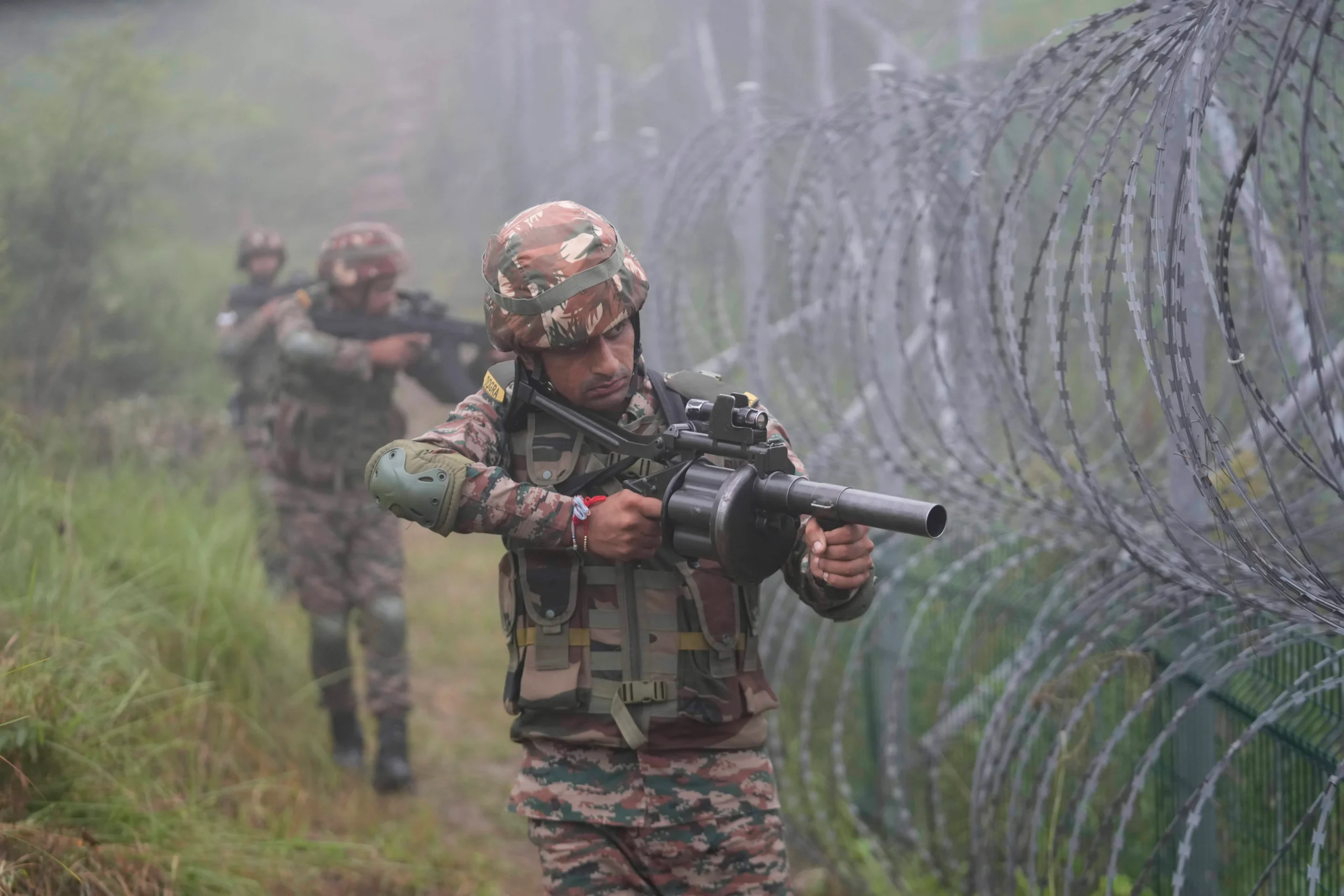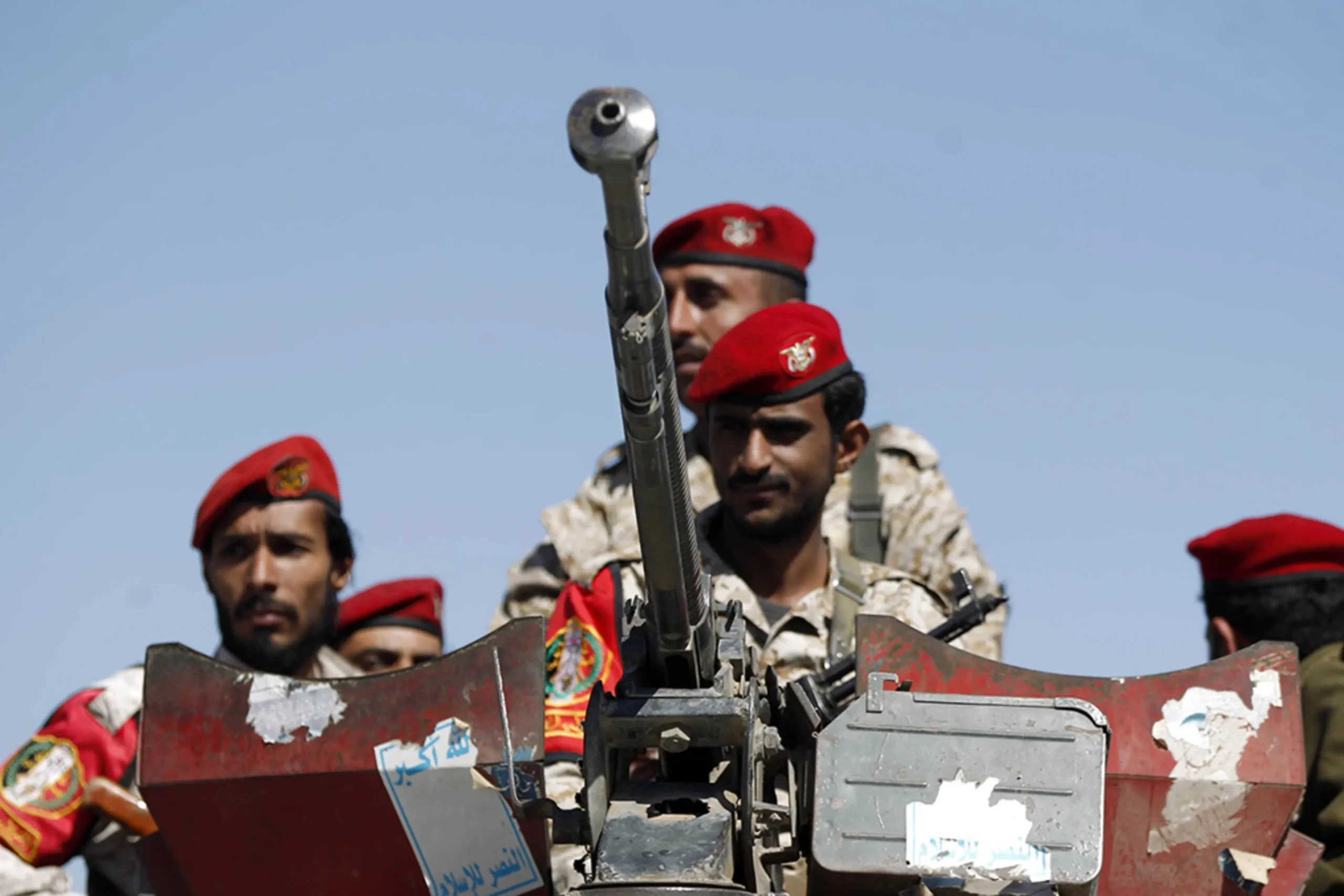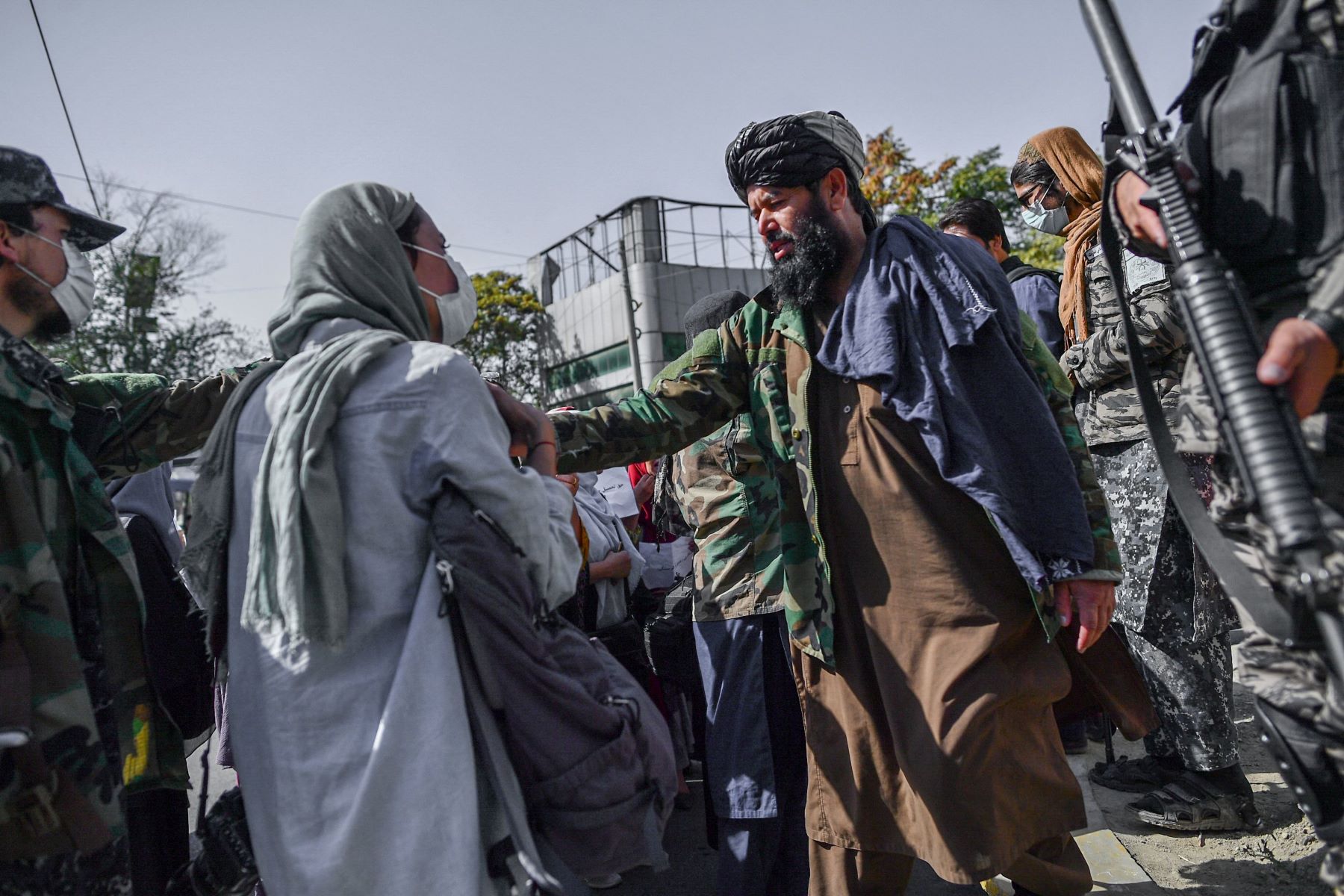A glimmer of hope flickers for Afghanistan’s Future, but significant challenges cloud the path forward. The Afghan Taliban, now referred to as the Islamic Emirate of Afghanistan (IEA), after their swift takeover in August 2021, desperately craved international legitimacy and economic revival. The recent United Nations’ Doha III conference provided a platform for just that – a chance to bridge the gap between the isolated regime and the wary global community.
Challenges and Controversies Facing Afghanistan’s Future
While no major breakthroughs materialized, the third UN-held talks on Afghanistan in Qatar served as a critical first step in a long-game negotiation.
The IEA, led by spokesperson Zabihullah Mujahid, pressed for the lifting of economic sanctions and a boost for Afghanistan’s private sector. Member states like the United States and others, receptive to cooperation on economic fronts, remained firm on their demands for an inclusive Afghan government and respect for women’s rights. The IEA downplayed expectations of immediate progress, prioritizing establishing communication channels.
The UN, caught in a precarious position, facilitated these direct talks but faced criticism for excluding Afghan civil society. Notably, the conference concluded without any concrete policy changes regarding sanctions or recognition of the Taliban regime. The future of these talks hinges on the IEA’s willingness to address human rights concerns, a sticking point that could significantly impact the international community’s stance.
Signs of Progress and Potential Pathways to Stability
Despite the limited progress, there were glimmers of hope. The conference marked the first instance of direct dialogue between the IEA and the international community, a significant step in normalizing relations. Both sides acknowledged the importance of continued engagement, developing a sense of cautious optimism. Economic cooperation and regional infrastructure projects, like the Trans-Afghan Railway, saw some positive movement, potentially leading to a more interconnected and prosperous Afghanistan. Additionally, the IEA’s relocation of the TTP away from the Pak-Afghan border might lead to a temporary lull in Af-Pak’s regional security landscape.
Also See: TTP Threat: A Stalemate for Pakistan and Afghanistan Ties?
India-Taliban Alleged Collaboration and Geopolitical Implications
However, this fragile progress is overshadowed by the ever-present tension between Pakistan and Afghanistan – primarily due to the TTP. While Pakistan seeks stability in Afghanistan to curb cross-border terrorism, a bombshell revelation by former CIA officer Sarah Adams throws a wrench into the works. Adams former CIA operative, alleges a hidden alliance between India and the Taliban. According to her, India is bankrolling the Taliban with $10 million and even funding the security of their leader, Mullah Hibatullah Akhundzada. This funding, Adams claims, is used for target-killing within Pakistan through Taliban networks.
These claims, backed by interviews and documents shared with the Guardian and reports from other media outlets such as The Intercept, cast serious doubt on the Taliban’s credibility as a peace partner. If true, this India-Taliban collaboration throws a monkey wrench into the already complex regional equation, potentially risking the fragile progress achieved recently.
Imagine a scenario where nuclear-armed neighbors, India and Pakistan, use Afghanistan as a proxy battleground. Tit-for-tat attacks launched from Afghan soil could escalate tensions, dragging other countries into a wider conflict. Such a scenario would be a regional nightmare.
Geopolitical Maneuvering and Economic Prospects
Furthermore, this alleged India-Taliban collaboration raises questions about the IEA’s neutrality and their ability to be a reliable partner in future negotiations. Can the international community trust the IEA to act in good faith if they are secretly working with one regional power against another? Additionally, orchestrating attacks and target killings in Pakistan, as well as targeting Chinese interests and nationals within the country, could further complicate China’s expanding economic engagement with Afghanistan. China has significant investments planned for Afghanistan’s mining sector, and any instability could jeopardize those plans. The fallout from this alleged India-Taliban collaboration could be far-reaching.
Hence, significant challenges remain. The IEA has yet to commit not only to reforms regarding women’s rights, a critical demand of the international community and a potential dealbreaker in future negotiations, they also need to demonstrate their commitment over not letting their soil be used against the neighbouring countries. Taking care of the TTP issue would be a case in point in this regard. Moreover, Afghanistan’s frozen assets, essential for economic recovery, remain inaccessible. This financial constraint hampers the country’s ability to rebuild and develop, compounding the challenges it faces.
Notably, the UN walks a tightrope, balancing dialogue with upholding human rights principles, a delicate act that could have far-reaching consequences. The potential TTP-ISKP merger also looms as a security threat beyond Afghanistan’s borders, raising concerns about a wider destabilization of the region.
Regional Dynamics and Afghanistan’s Future
The Afghan saga takes another turn as the focus shifts eastward. With the UN talks leaving substantial issues unresolved, the Shanghai Cooperation Organizations (SCO) meeting held on July 4th, 2024 looms large. China and Russia, both influential SCO members, have shown keen interest in Afghanistan’s future recently. The IEA may be emboldened, hoping for a more lenient approach from these regional powers. But will their pursuit of legitimacy be met with realpolitik calculations or genuine engagement? The answer to this question will have a ripple effect, shaping not just Afghanistan’s immediate future but also the balance of power in a region that has long been a center of global attention.
The SCO meeting presents a unique opportunity. Unlike the US and the West, which have a long and complicated history with Afghanistan, China and Russia approach the situation with a relatively blank slate. China, ambitious for resources and a stable trade route through Central Asia, sees Afghanistan as a potential linchpin in its ambitious Belt and Road Initiative (BRI). Russia, ever wary of Western influence in its backyard, views a stable Afghanistan as a buffer zone against extremism and a potential partner in regional security matters.
This newfound interest from China and Russia does not necessarily translate into blind support for the IEA. Both nations are well aware of the international community’s concerns regarding human rights and the potential for Afghanistan to become a breeding ground for terrorism once more.
As the dust settles on Doha III, the regional spotlight shifts to the Shanghai Cooperation Organizations (SCO) meeting in Astana, Kazakhstan. With the growing interest of China and Russia in Afghanistan, a key question emerges: will these new partnerships overshadow Pakistan’s longstanding concerns about terrorism emanating from Afghanistan?
China, a key ally of Pakistan, has substantial economic interests in Afghanistan, particularly in mining, but these very economic interests have made Chinese nationals and assets in Pakistan targets of groups like the TTP – The group that has safe haven in Afghanistan. Similarly, Russia seeks regional influence and countering extremism, aligning with some of Pakistan’s goals.
While these new partnerships could potentially provide much-needed economic assistance to Afghanistan, Pakistan’s perspective cannot be ignored. Pakistan has long grappled with militancy spilling over from Afghanistan, and the presence of groups like the TTP remains a major security concern. It will be interesting to see how these factors play out in the coming months. Will a unified approach emerge from the SCO, or will Pakistan find itself navigating a complex geopolitical landscape? Only time will tell if the path forward leads towards a more stable Afghanistan, or if the complexities of the region will unravel yet again, threatening a fragile peace.

